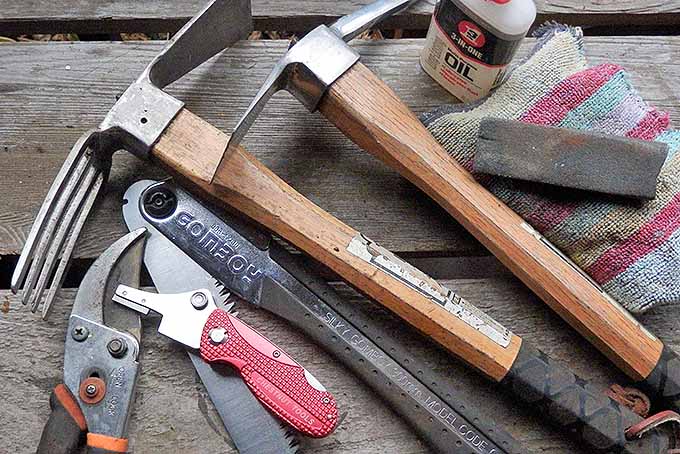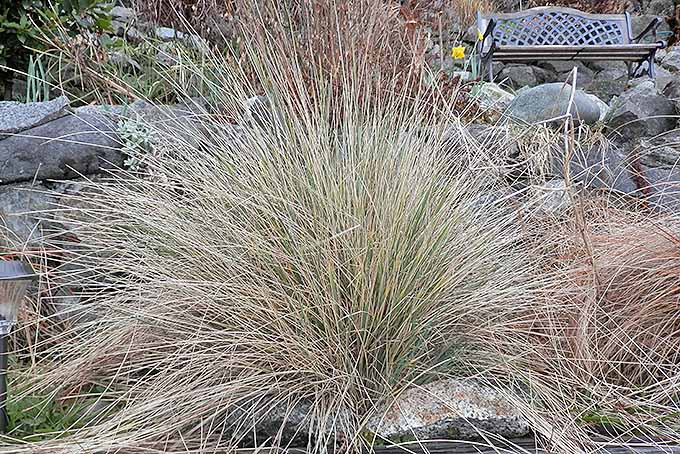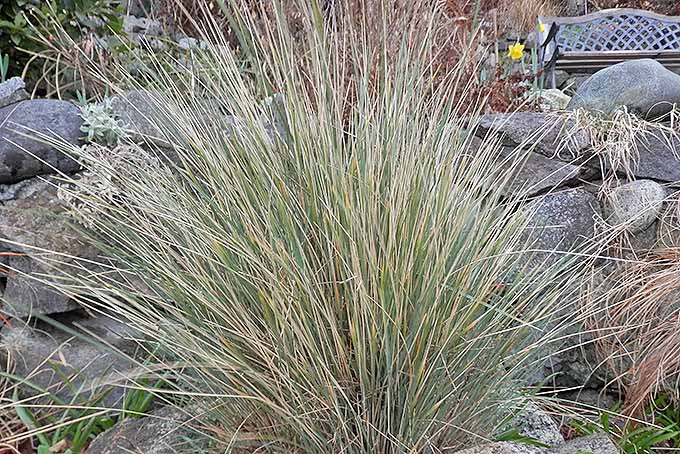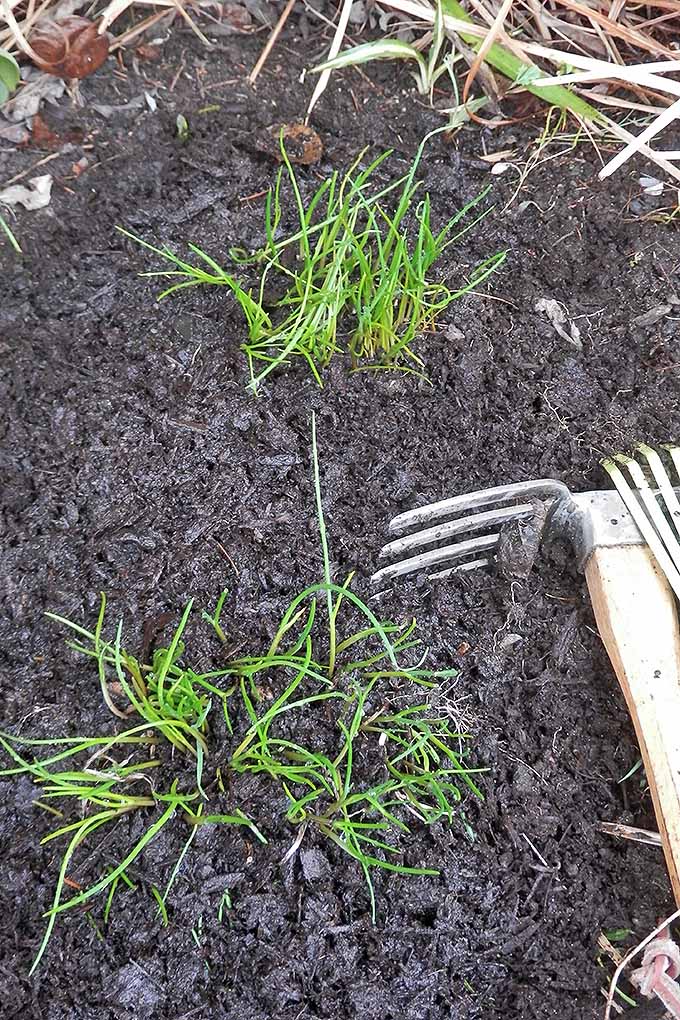For many folks, the winter season can drag on and become a bit gloomy. The weather’s gray and dull, there’s not enough daylight hours, and our favorite outdoor activities can grind to a halt. But gardeners have a wonderful antidote for the short-day blues. This is the time of year when the seed and gear catalogs arrive, igniting the imagination with plans, schemes, and dreams of gardening glory! We link to vendors to help you find relevant products. If you buy from one of our links, we may earn a commission. To make the most of the pre-season, here are seven steps you can get started on today. Let’s begin!
1. Review Last Year’s Journal
Your journal will contain all of the information from previous gardens to help to make this year’s even more successful. If you kept notes, you’ll have a written record of where your efforts met with success, and which failed. You’ll also have all the data on your particular weather patterns, pest problems, planting dates, perennials you want to move, and what areas you’d like to rework.
And if you were very vigilant with your journal, you might also have photos or sketches of plants that you’d like to add, new design arrangements, and planter or decor ideas. This is also a good time to begin a new journal, if you haven’t already done so. A journal doesn’t need to be fancy – a simple binder with some lined paper and clear pockets will do the trick. Of course, there are some beautiful ones to be found if you prefer something a bit more elaborate. P.S. A handsome journal makes a great gift for the other gardeners in your life! We found seven great options for you to consider.
2. Go on Walkabout
Even with a well-kept journal, there will still be things that have happened outdoors that you did not include in your notes. Winter cold can heave pathways and rockeries, damage bird baths and planters, and kill off tender perennials. Plus, rodents and other critters may have been busy creating burrows and nests, or nibbling on plants. So take your new journal with you and go survey the landscape. Note any work that needs to be tended to, then prioritize your tasks to prepare for the upcoming season.
3. Plan for Success
With your trusty journal in hand, now’s the time to plan, prioritize, and calendarize. Your timeline can include:
When to start seedlings Dates for direct sowing Purchase and planting of bedding plants Dates to till, warm, and prepare beds Purchase of supplies, tools, and equipment Reminders to turn the compost Dividing perennials and summer bulbs Top-dressing early arrivals Repairs and maintenance General cleanup Sourcing unique decor supplies
With a schedule to follow, each task will be completed in a timely manner. The alternative is not to plan – but you’ll be caught flat-footed when those eagerly-awaited warm, sunny days arrive, trying to cram everything into a couple of weekends. This is waaay too stressful for such a fun hobby!
4. Repairs and Maintenance
After prioritizing your chores, it’s action time – and one of the first items on the agenda is usually repairs and maintenance. Before the warm weather arrives, complete these tasks:
Clean, repair, sharpen, and oil tools Repair paths, fences, trellises, and rockeries Repair planters, statuary, and birdhouses Take stock of supplies and tools
5. The Shopping Trip
Sourcing items early for your outdoor decor plans is also a good idea, particularly if they’re of a unique or unusual nature. Then, when the weather is nice enough to get outside, you’ll be ready to jump right in.
Head to the beach for driftwood plant stands, scour garage sales and flea markets for themed planters like old tool boxes, bicycle baskets, and packing pallets, or check out the thrift shops for disused chandeliers and vases to make vintage glass garden lights – this is a great way to get inspired!
6. In the Garden
There are also plenty of outdoor chores to take care of before spring has officially sprung. Late winter is the time to prune certain trees, shrubs, and vines. This will invigorate plants for spring growth, and limits the amount of time that the wounds are exposed to potential disease. Summer flowering trees such as Rose of Sharon, crape myrtle, and smoke trees, as well as fruit trees, grape vines, most roses, hydrangeas, spirea, summer flowering clematis, and so on should all be cut back while they’re still dormant. It’s also a good time to top second-year raspberry and blackberry canes. This keeps their size and shape manageable, and makes it easier to pick the berries when they ripen. Dead and damaged plants should also be removed or trimmed in late winter. This includes dead branches, removal of crisscrossing branches, and opening up plants for better air circulation. Ornamental grasses and perennials can also be cleaned, groomed, and divided (if needed) before new growth begins. When early herbs appear, such as chives or tarragon, clean up old material and give them a top-dressing of fresh organic material like compost or well-rotted manure. This will nourish early growth and also offers protection from sudden cold snaps. And as winter closes and spring draws nigh, a general cleanup is also called for. Winter covers of hay or leaf mulch can be worked into the top layer of soil, or raked up and removed. And any debris such as dead flower stalks, old seed heads, or downed twigs and branches can be cleaned up as well.
7. Sowing Cold Weather Crops
After cleanup, veggies and flower beds can be tilled or loosened (weather permitting), then warmed if needed for sowing cold weather crops like arugula, garlic, kale, spinach, radishes, onions, and some lettuces. Beware the temptation to plant other seeds too early – a warm, sunny spell can induce this urge. To ensure you don’t jump the gun, print out a handy planting chart for your journal, like this one for US zones and this one for Canadian zones, then refer to it to ensure your early plantings have the best chance of growing.
The Final Item
Be patient! Mother Nature has a knack for humbling us when we try to rush her, so let the seasons unfold as they will. To increase your odds for success in the garden, use your journal to guide your tasks, take care of your prep chores early, and refer to your zone’s planting charts. When the time is right, you’ll be free and clear to enjoy the warm spring days out in the garden. Readers, how do you prepare your garden for spring? Let us know in the comments below! Photos by Lorna Kring, © Ask the Experts, LLC. ALL RIGHTS RESERVED. See our TOS for more details. Uncredited photos: Shutterstock.












